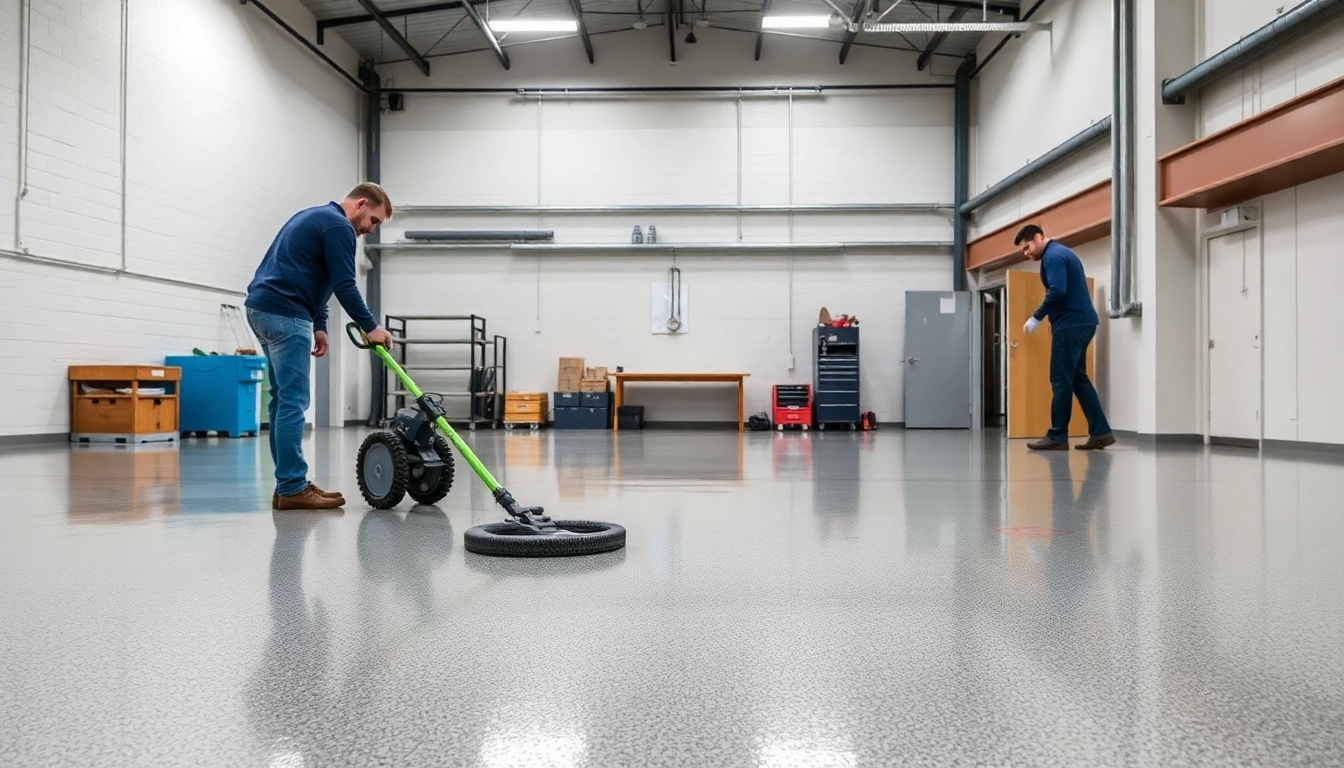Understanding the Importance of Teste CS in Network Optimization
In today’s digital landscape, a seamless internet experience is vital for both personal and professional activities. Whether you’re streaming your favorite shows, participating in online gaming, or conducting remote work, network performance directly influences your productivity and entertainment quality. Among various methods to gauge and enhance your connectivity, conducting a teste cs or network test has become an essential step. This comprehensive process allows users to assess critical network parameters, identify issues, and make informed decisions to optimize their internet service. Understanding why Teste CS matters can significantly impact your online experience, especially in environments where latency, bandwidth, and stability are crucial.
Why Teste CS Matters for Your Internet Experience
At its core, Teste CS is designed to evaluate the performance of your internet connection accurately. This isn’t just about measuring speed; it encompasses a suite of metrics including ping, jitter, packet loss, and throughput—all of which define how well your network handles data transmission. For gamers, especially those engaged in fast-paced multiplayer games like Counter-Strike, low latency and stability are non-negotiable. Similarly, streaming services require consistent bandwidth to prevent buffering and quality degradation. Conducting regular tests ensures that your network can meet these demands and helps you detect fluctuations or issues proactively.
For service providers and technicians, Teste CS serves as a diagnostic tool to troubleshoot connectivity problems, verify the quality of new installations, and demonstrate service performance to clients. Conversely, consumers benefit by obtaining concrete data, empowering them to negotiate better plans, troubleshoot issues, or switch providers if necessary. As competition among ISPs intensifies, the ability to objectively measure your network’s health becomes a significant advantage.
Key Metrics Measured During Teste CS
A meticulous network test involves several core metrics, each offering insight into specific aspects of your internet connection:
- Ping (Latency): Measures the time it takes for data to travel from your device to a server and back, usually expressed in milliseconds (ms). Lower ping indicates quicker response times, critical for real-time applications like gaming and video conferencing.
- Download and Upload Speeds: Indicate how fast data is transferred from or to your device, measured in Mbps. These figures influence streaming quality, file transfers, and cloud backup speeds.
- Packet Loss: Represents the percentage of data packets that fail to reach their destination, leading to lag and interruptions.
- Jitter: Measures variability in ping over time. High jitter causes inconsistent connection quality, impacting voice calls and interactive gaming.
- Throughput: Reflects the actual usable data transfer rate during the test, providing a realistic expectation of network performance under load.
Together, these metrics create a comprehensive picture of your network’s health, enabling targeted troubleshooting and performance tuning.
Common Challenges and How to Overcome Them
Conducting an effective Teste CS isn’t without hurdles. Recognizing common challenges helps ensure accurate results:
- Variable Network Conditions: Fluctuations due to peak usage times or interference can skew results. To mitigate this, perform tests at different times and under consistent conditions.
- Hardware Limitations: Outdated routers or network adapters can bottleneck performance. Upgrading hardware or adjusting placement improves data flow.
- Wi-Fi Interference: Physical obstructions or interference from other wireless devices degrade signal quality. Switching to a wired Ethernet connection during tests enhances reliability.
- Background Applications: Bandwidth-consuming programs running simultaneously can affect test outcomes. Ensure no other intensive applications are active when testing.
Addressing these challenges through strategic planning and equipment optimization leads to more accurate and actionable insights from your tests.
Step-by-Step Guide to Performing Effective Teste CS
Preparing Your Equipment for Accurate Results
Proper preparation is essential for meaningful testing. Begin by using a wired Ethernet connection when possible to eliminate Wi-Fi variability. Ensure your device is free from background downloads or streaming activities. Restart your modem and router to clear caches and eliminate minor glitches. Before testing, verify that your network is not experiencing known outages or maintenance.
Executing the Teste CS Procedure Correctly
Choose a reputable testing platform—many free tools are available online. Initiate the test from a device connected directly via Ethernet for best accuracy. Run multiple tests at different times to account for variability. Record the key metrics and compare results over time. For gaming-specific testing, consider running ping tests to game servers or using specialized tools designed for low-latency evaluations.
Interpreting Results for Optimal Network Choices
Once you have your data, analyze the metrics carefully. Consistently high ping or jitter indicates network instability, which may necessitate hardware upgrades or provider troubleshooting. If your download speeds are lower than promised, consider contacting your ISP or testing different servers to identify issues. Use your results to inform decisions about upgrading your service plan or switching providers if persistent problems occur.
Advanced Tips to Enhance Your Teste CS Outcomes
Optimizing Your Home Network for Better Test Results
To ensure consistent and reliable testing, optimize your home network by placing your router in a central, unobstructed location. Enable Quality of Service (QoS) settings to prioritize gaming or streaming traffic. Regularly update firmware to fix bugs and improve performance. Consider using a mesh Wi-Fi system if you have a large or complex home environment.
Using Additional Tools for Comprehensive Testing
Supplement your basic tests with advanced diagnostics. Tools like Wireshark can analyze traffic patterns, while dedicated gaming ping testers provide real-time latency data specific to gaming servers. Network analyzers help identify interference sources and hardware failures. These additional insights help refine your network setup for maximum performance.
Maintaining Consistent Test Conditions for Reliable Data
To gather comparable data over time, establish standardized testing conditions—perform tests at similar times daily, under similar usage patterns. Document environmental factors like household activity, device usage, and external interference. Regular testing under controlled conditions fosters a true understanding of your network’s behavior and aids in long-term optimization.
Making Data-Driven Decisions Based on Teste CS Results
Choosing the Best ISP and Service Plans
Sound decisions start with data. If your tests reveal inadequate speeds, high latency, or frequent packet loss, consider negotiating with your current provider or switching to a better-rated one. Use documented metrics to compare plans and ensure you’re not overpaying for underperforming services. Sometimes, upgrading to fiber-optic plans ensures significant improvements in latency and reliability.
Addressing Network Bottlenecks and Latency Issues
Identifying the source of bottlenecks allows for targeted intervention. Common causes include outdated hardware, network congestion, or Wi-Fi interference. Solutions include upgrading routers, reducing concurrent device usage during critical activities, or switching to wired connections. Troubleshooting tools help pinpoint specific issues, enabling effective remedies.
Examples of Improvements Achieved Through Accurate Testing
Many users report tangible benefits after thorough testing and adjustments. For instance, switching to a wired connection based on ping test data reduced latency from 50 ms to under 20 ms, drastically improving gaming experience. Upgrading to higher-tier plans or switching providers eradicated persistent dropouts, ensuring seamless streaming and browsing. These real-world examples underscore the importance of informed, data-driven choices.
Performance Monitoring and Continuous Testing Strategies
Integrating Regular Teste CS into Your Routine
Ongoing network monitoring helps maintain optimal performance. Schedule periodic tests weekly or after any network change. Use reminder systems or automation scripts to streamline this process, ensuring you’re always aware of your network’s health. Regular testing also helps detect degradation over time, prompting timely upgrades or service calls.
Automating Network Checks for Ongoing Optimization
Automation tools enable scheduled tests and data logging, providing long-term trend analysis. Certain routers include built-in testing features, or you can utilize third-party apps to automate ping and speed tests. These methods help spot patterns, identify peak congestion times, and optimize your network usage accordingly.
Tracking Performance Trends Over Time
Visualizing your testing data through graphs reveals performance fluctuations, enabling strategic decision-making. For example, recurring slow speeds during evening hours may suggest congestion or the need for plan upgrades. Detailed records empower you to negotiate better services or adjust your usage habits for improved experience.














